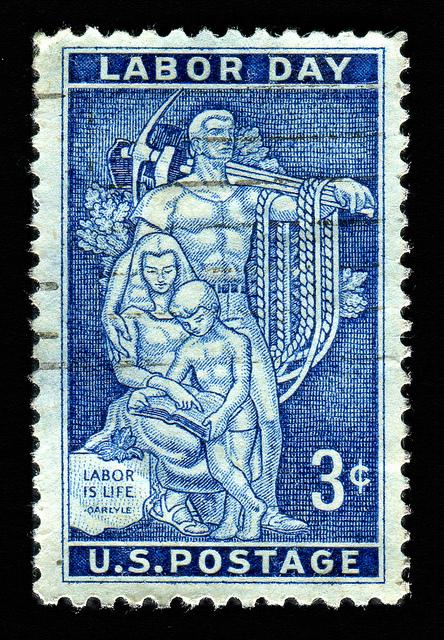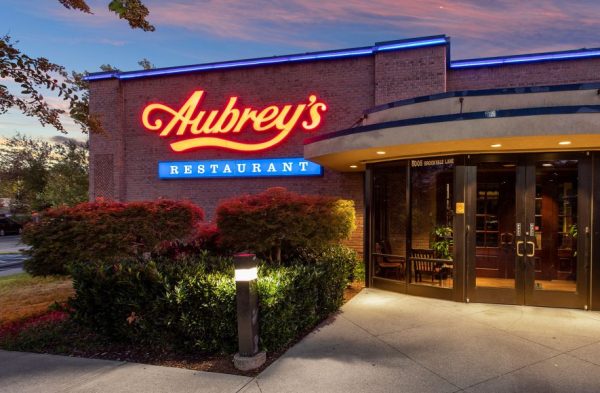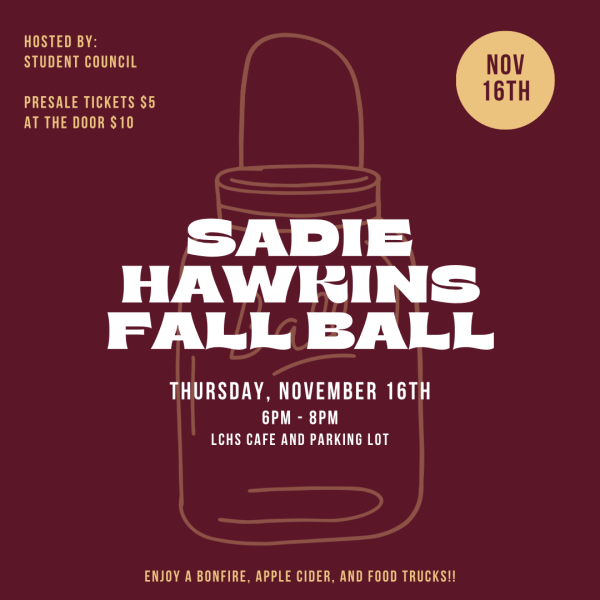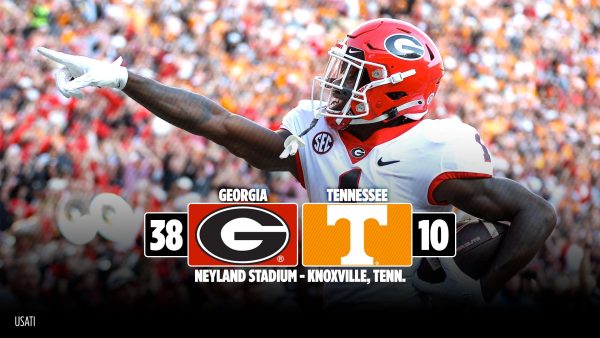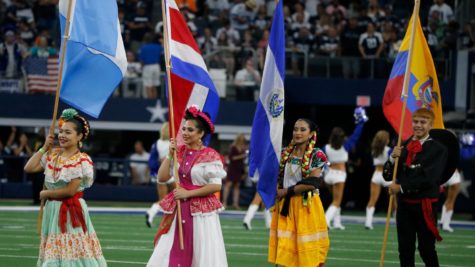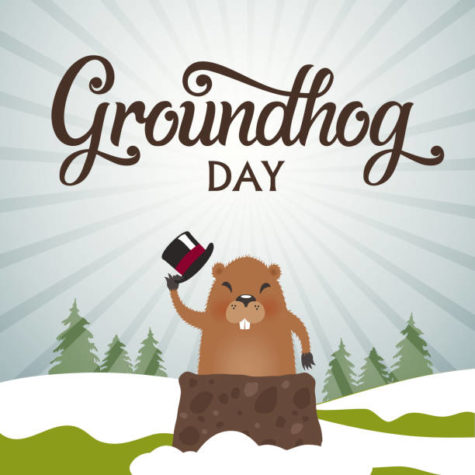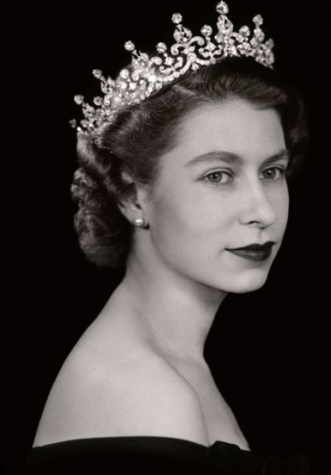History Behind Labor Day
Labor Day is a national holiday that celebrates the economic and social achievements American workers have accomplished throughout the year. It was created by the growing labor movement in the 19th century and becoming a national holiday in 1894. The holiday also symbolizes the ending of summer for many Americans.
In the late 1800’s, at the height of the Industrial Revolution, the holiday was created. During this time period, the average American worked 12-hours per day and worked seven days a week to earn enough money to provide their families with the necessities. There were even children as old as five or six years old working to bring in enough money for their families to survive. The working conditions of the jobs were often extremely dangerous. As manufacturing started to increase in popularity, it also started to replace agriculture as the main source for jobs. This increase in working positions lead to the uprising of more vocal and prominent labor unions against the poor conditions of the work environments.
The labor unions began to organize strikes and rallies to protest the horrible conditions and attempt to prompt the employers to reconsider work hours and pay. Many of these events ended in violence such as the infamous Haymarket Riot of 1886, where many Chicago policeman and workers were killed. Other labor union efforts used more of a traditional march to express their objections. The most memorable march would be the parade of September 5, 1882, in New York City. 10,000 workers took unpaid time off from work to march from city hall to Union Square. This was the first ever Labor Day parade in American history.
This idea of a “workman’s holiday” celebrated on the first Monday in September, caught on with other industrial centers and many states passed a legislation recognizing it. However, congress did not legalize the holiday until 12 years later, when the problems of worker’s rights came into the public’s eye. A boycott of all Pullman railway cars, which crippled railroad traffic nationwide, turned into a horrible riot after the federal government dispatched troops to Chicago to break the strike. This tragic event lead to the deaths of more than a dozen of workers. In this wake of this tragic event, Congress passed an act making Labor Day a legal holiday.
The true father behind Labor Day is still unknown, but it possibly could be either Peter J. McGuire or Matthew Maguire, since both were major characters in the labor movement. Labor Day is still celebrated every year across the nation, with parades, cook outs, fireworks, and many other community events, and with people celebrating a day of no work, thanks to 19th century labor movements.
“Labor Day.” History.com. A&E Television Networks, 1 Jan. 2010. Web. 28 Aug. 2014.
